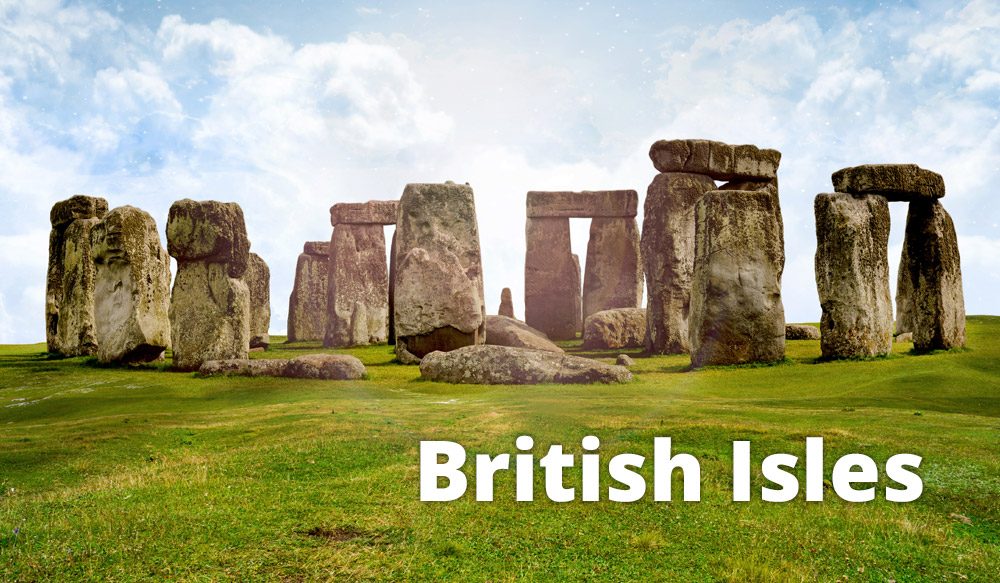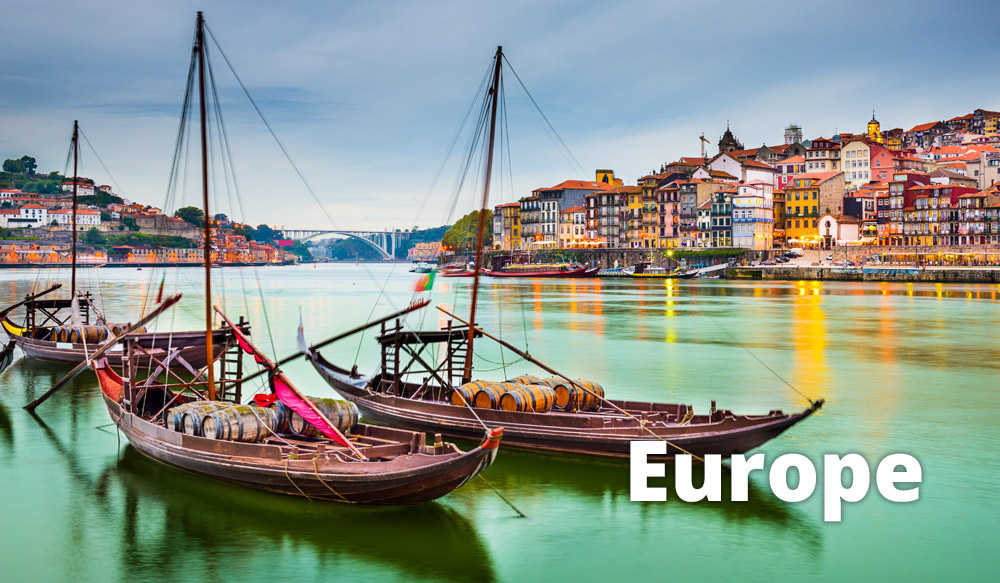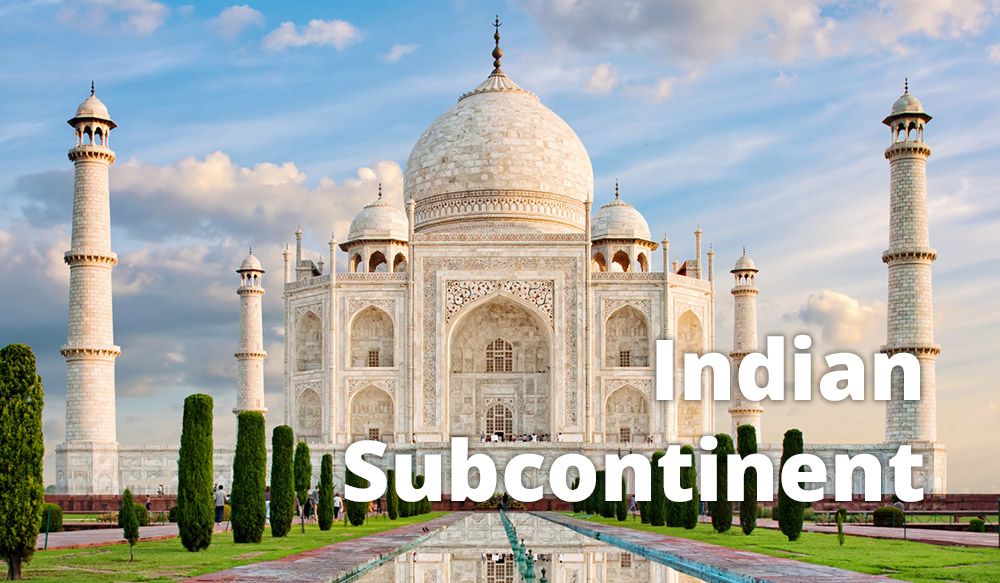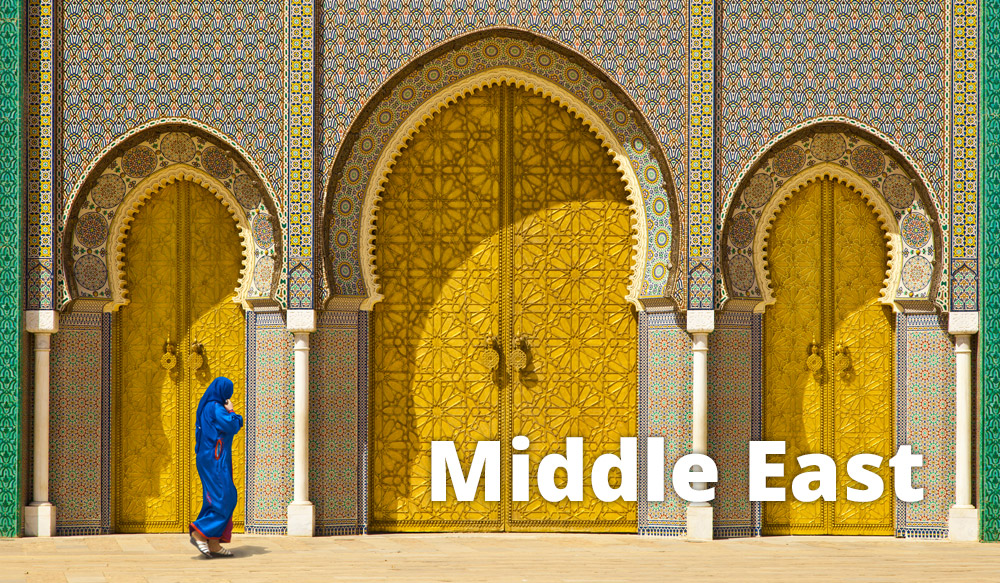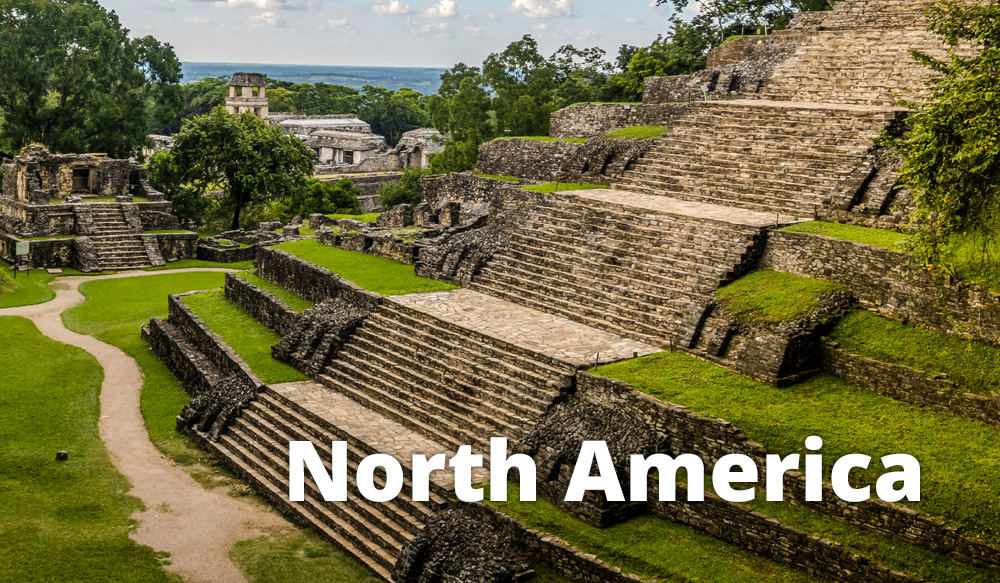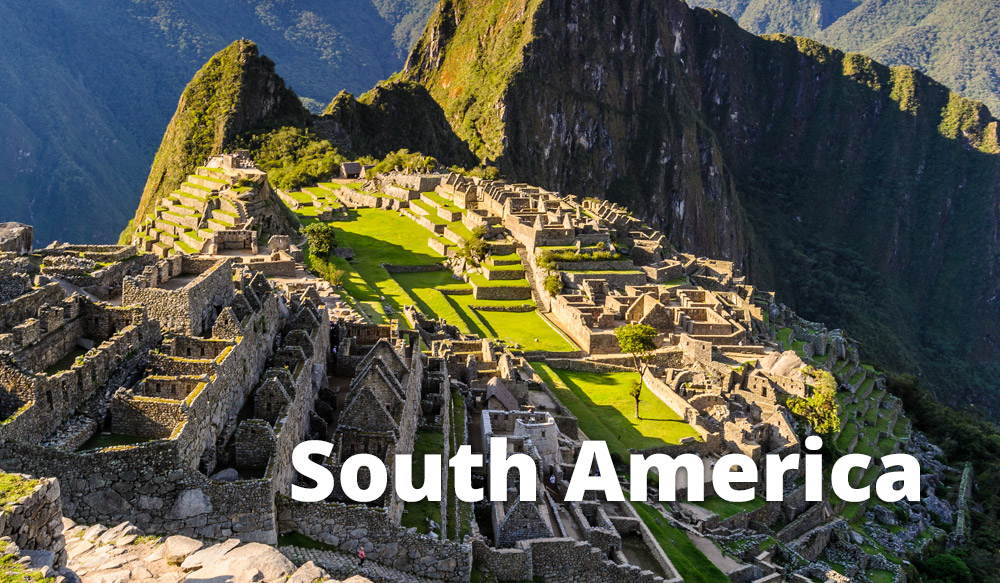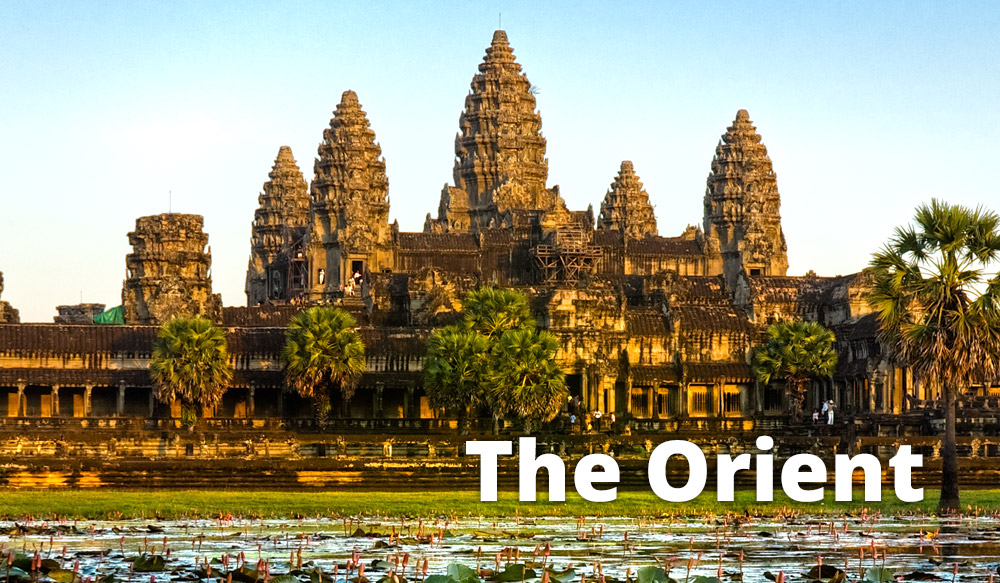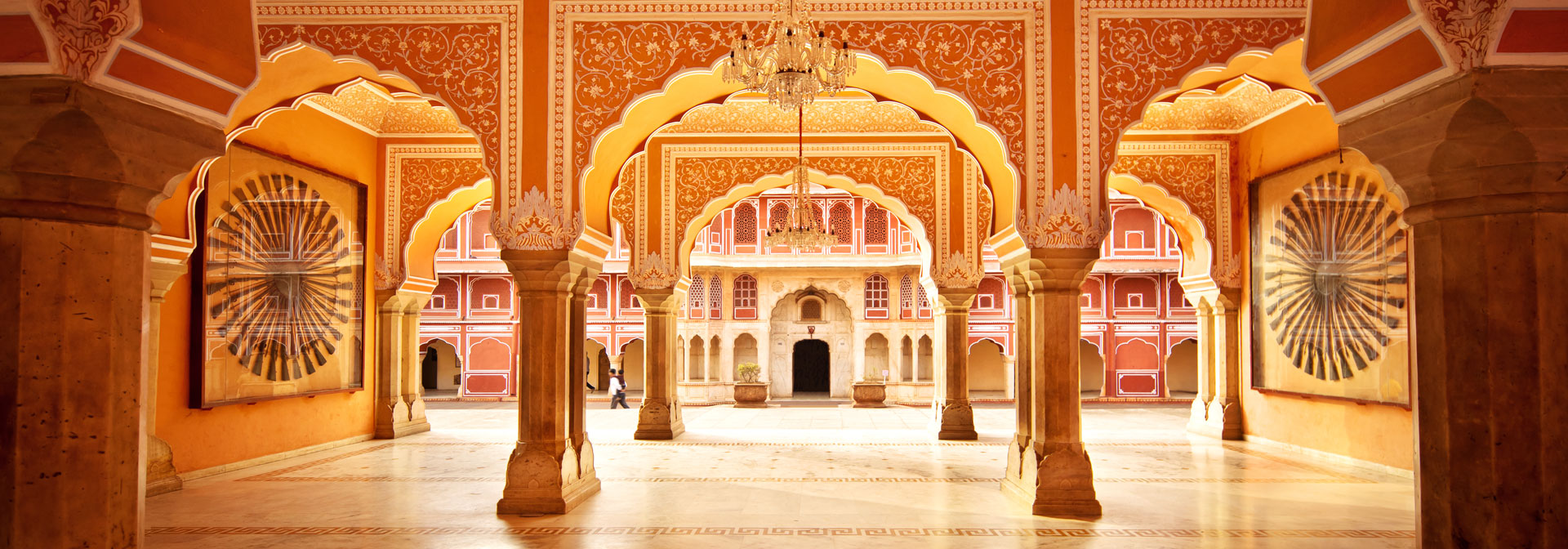Forts & Palaces of Rajasthan
$2000
per personAn abundance of history to reveal
Your Fortes and Palace Tour begins with the bustling metropolis of Delhi observing its monuments, before witnessing the Havelis of Goenka in Mandawa, discover the secrets of ancient forts and temples, take a camel safari across the desert of Jaisalmer, sail across Lake Pichola, get escorted by elephant to the famous Amber Fort Palace and then unravel Jaipur and Agra’s artifacts including that of the “Palace of Winds” and the Taj Mahal.
Contact Bangalore Luxury Travel now to organise your guided group tour through India.
18 Days
-
IncludeDaily BreakfastEntrance Fees Per ItineraryInternal FlightsAll TaxesTour Fees Per ItineraryEnglish Speaking GuideAll TransfersLunch & Dinner as per ItineraryAccommodation
-
Not IncludedTravel InsuranceLate Check-OutEarly Check-InTips“Force Majure” CostsPersonal CostsLaundry CostsExcess BaggageDrinksInternational FlightsLocal TransportAirport Taxes
1
Day 01 Arrive Delhi
Arrive by International flight, after traditional 'Swagat' (Welcome) our representative would assist you at airport and transfer you to the hotel for check in.
Delhi is a bustling metropolis, which successfully combines in its folds the ancient with modern. Its strategic location was the prime reasons why successive dynasties chose it as their seat of power. In fact, more mythological cities are believed to be here, like the city of Indraprastha from the Hindu epic Mahabharata, founded around 5000 BC. Numerous monuments were built over several centuries by different rulers like Qutub-ud-din Aibek, Alauddin Khilji, Tughlaks, Humayun and Shah Jahan, who built the Walled City Shah Jahanabad.
Later in first half of 20th century much of New Delhi was planned by Sir Edwin Lutyens, who laid out a grandiose central administrative area as a testament to British rule in India. The division in walled city and New Delhi also marks the division in life styles.
Overnight in Hotel - Delhi
2
Day 02 Delhi
Full Day Tour
Today we take a guided tour of Old Delhi, the 17th century walled city of Shah Jehanabad, Visiting the great Jama Masjid, the principal mosque of Old Delhi. Built in the year 1656 AD by the Mughal Emperor Shah Jahan, it is the largest and best known mosque in India. Later we walk down or take a rickshaw ride to Chandi Chowk, the old marketplace of Shah Jahanabad now a picturesque bazaar to reach Red Fort, built in the year 1648 by Shah Jehan.
In New Delhi, we visit Raj Ghat, memorial to the Father of the Nation, Mahatma Gandhi. It is a simple black marble platform that marks the spot of his cremation on 31 January 1948. Further we drive past India Gate, memorial built in the year 1931 to commemorate the Indian soldiers who died in the World War I and the Afghan Wars. The names of the soldiers who died in these wars are inscribed on the walls. President's House, the official residence of the President of India, built in 1931. Until 1950 it was known as Viceroy's House and served as the residence of the Governor-General of British India. We will also visit Humayun's Tomb, World Heritage Site and the first example of this type of Mughal architecture in India. Qutub Minar, built in the year 1206 by Qutub-ud-din Aybak. It is the tallest (72m) brick minaret in the world, an important example of Indo-Islamic Architecture. Qutub Minar and its monuments are listed as a UNESCO World Heritage Site.
Overnight in Hotel - Delhi
3
Day 03 Delhi - Mandawa
Today, we drive to we drive to Mandawa in the heart of the semi-arid Shekhawati region. Shekhawati owes its name to Rao Shekha who ruled this area in the 14th century. The Fort of Mandawa was built in the year 1755 by Thakur Nawal Singh, the founder of the town. These were the times when Mandawa was settled and fortified by the rich and dominant Silk Route merchants of the region, who constructed many Havelis (Mansions), Chhatris (Cenotaphs), Temples and Baolis (Step-wells) with ornate frescoes adorning their walls and now aptly given the epithet - Open-Air Gallery. With the migration of these merchant families, their old settlements remained in total obscurity with no one to look after them. Mandawa still retains the charm and aura of a bygone era and coming here is like stepping into a different world.
Overnight in Hotel - Mandawa
4
Day 04 Mandawa
Today we explore the Mandawa Fort, located in the very heart of Mandawa and a classic example of the famed Rajput style of architecture. It houses many beautiful paintings and frescoes that dazzle the eyes and has now been converted into a heritage hotel. Gulab Rai Haveli built in the year 1870 that has some of the best murals in Shekhawati on both the exterior and interior walls with elephants and camels on its façade. Goenka Double Haveli, built in the year 1890, with monumental frescoes of elephants and horses decorating its façade. Binsidhar Newatia Haveli built in the year 1921 combines traditional frescoes of horses and elephants with those depicting a young boy using a phone plus opulent touring cars and the Wright Brothers' plane. If time permits we may visit more Havelis of the region and observe the colourful village life in Rajasthan.
Optional : Nawalgarh & Dundlod
Overnight in Hotel – Mandawa
5
Day 05 Mandawa - Bikaner
After breakfast we drive to the princely state of Bikaner, founded by Rao Bikaji (1465-1504 AD) in the year 1488 AD. He was a Rajput prince, descendent of the founder of neighbouring Jodhpur. It sits in the north-western part of Rajasthan and has a stark beauty of the desert landscape with wide-spread sand dunes and thorny shrubs growing around. It is a royal city surrounded by a mammoth fortification wall, more than 5 km in circumference and about 5 to 9m high. Fort, Palaces and people with colourful traditional clothing are the chief attractions of the city. The Camel Breeding Farm in Bikaner is only one of its kinds in the whole of Asia and so is the illustrious Camel Festival.
Overnight in Hotel – Bikaner
6
Day 06 Bikaner
Today in Bikaner we visit Junagarh Fort, built in the year 1593 AD by Raja Rai Singh (1571-1612 AD), the 6th ruler of Bikaner. The Fort is a formidable structure and largely remained unconquered during its eventful history. It houses number of beautiful Palaces, Temples and Pavilions, which are richly decorated The beautifully maintained rooms of Anup Mahal now display the treasures of the Royal family. The Fort Museum has an extensive collection of illuminated manuscripts, jewellery, jars, carpets, weapons, treaties, decorations and Farmans (King's Orders).
Optional : Deshnok (Rat Temple)
Overnight in Hotel - Bikaner
7
Day 07 Bikaner Jaisalmer
Breakfast at hotel and later we drive to Jaisalmer, founded in the year 1156 by Bhatti Rajput ruler Rawal Jaisal. Often described as Golden City and rising from the heart of the Thar Desert like a golden mirage the commanding Fort etched in yellow sandstone, dominates the amber-hued city with its entire awesome splendour. Because of its strategic location it was an important ancient trading centre and camel caravans laden with precious spices and silk crossed the territory en-route India, Sindh, Arabia and Europe. The merchants of the 19th century built Havelis (Mansions) that are exquisitely carved from golden-yellow sandstone and are still in a beautiful condition. The life within the fortified town conjures up images of medieval majesty visible in its narrow lanes strewn with magnificent palace, havelis, temples and of course skilled artisans and ubiquitous camels.
Overnight in Hotel - Jaisalmer
8
Day 08 Jaisalmer
Today we visit the old town of Jaisalmer and visit Jaisalmer Fort, built in the year 1156 by Rawal Jaisal. Perched on 80m high hill, housing the entire township within its ramparts, the golden hued Fort is standing like a sentinel in the bleak desert landscape. It is the only "Living Fort" in India and within its ramparts has an enchanting cow-web of narrow lanes dotted with some lovely Havelis (Mansions), Palaces and beautifully sculptured Jain Temples of the 12th-15th century AD and of course skilled artisans and ubiquitous camels.
We also visit magnificent Patwon Ki Haveli in the heart of the town. It was built by the rich merchant Guman Chand Patwa and his sons, whose business stretched between Afghanistan and China. It is the most elaborate and magnificent of all the Jaisalmer Havelis and is virtually the showpiece of Jaisalmer's legendary architectural wealth. The carving on stone far surpasses in beauty the work on brocade and gold. Later we drive down 40 km away from Jaisalmer to Sam to take the Camel ride on the Sand Dunes of Sam while the sun is setting.
Overnight in Hotel - Jaisalmer
9
Day 09 Jaisalmer - Jodhpur
Today we drive to Jodhpur, bustling desert city is the second largest city in Rajasthan and has landscape dominated by the massive Mehrangarh Fort topping a sheer rocky ridge.
Rao Jodha, a chief of the Rathore clan, founded the city in the year 1459 and it is named after him. It was formerly the seat of a Princely state, also known as Marwar.
Overnight in Hotel - Jodhpur
10
Day 10 Jodhpur
Today we take a guided tour of Jodhpur, visiting the Mehrangarh Fort (Majestic Fort), one of the most impressive and formidable structures anywhere in India. Built by Rao Jodha, this 5km long Fort is on a 125m high hill and has some magnificent palaces with marvellously carved panels latticed window.
We also visit Jaswant Thada, a cluster of royal cenotaphs in white marble built in the year 1899 AD in memory of Maharaja Jaswant Singh II. Within the main cenotaph are the portraits of various Jodhpur rulers. It is an architectural landmark of Jodhpur.
Optional : Bishnoi Village
Overnight in Hotel – Jodhpur
11
Day 11 Jodhpur - Udaipur via Ranakpur
Today we drive to Udaipur, was founded in the year 1568 by Maharana Udai Singh after his final unsuccessful attempt to defend the Mewar capital, Chittorgarh from the invading Mughals under Emperor Akbar. The Kingdom of Mewar was considered the most respectable among all Princely states in Rajasthan and is still remembered for the courage to protect the Kingdom. The site for Udaipur was chosen for its natural beauty, abundant water and natural protection afforded by the surrounding forests and Aravali mountains. It is set on the edge of three lakes and also known as the "City of Lakes and Palaces". Undoubtedly one of the most romantic cities in India, its beautiful Palaces are mirrored in the calm waters of Lake Pichola and the city is a brilliant kaleidoscope of narrow lanes flanked by bright stalls, gardens, lakes, palaces and temples.
En route Ranakpur
En route we will visit Ranakpur, renowned for some marvellously carved Jain temples in marble, created in the 15th century AD during the reign of Rana Kumbha.
Later we continue our drive to Udaipur,
Overnight in Hotel - Udaipur
12
Day 12 Udaipur
Full Day Tour
Today we visit the City Palace, an intriguing collection of buildings contributed by various Maharanas (Kings) after Udai Singh and built in the year 1725. The magnificence of the Palace starts right from its entrance at the northern Tripolia Gate that brings us to the central courtyard, the best place to view the facade of filigreed balconies and ornate cupola-topped towers. Sahelion ki Bari (Garden of Maids of Honour) is an ornamental garden built by Maharana Sangram Singh for his daughter and the Ladies of the Queen's court. He built the garden with several fountains, pools and is decorated with chiselled pavilions and elephants. The fountains worked on the unique hydraulic technique devised in the year 1700 AD and work till today.
Later we visit Jagdish Temple, the Indo-Aryan temple, built in the year 1651 AD by Maharana Jagat Singh, is the largest and the most beautiful temple of Udaipur with noteworthy sculpted images. We also enjoy boat ride on Lake Pichola, the beauty of the lake is enhanced by the surrounding hills, palaces, temples, bathing ghats and embankments. The Jagat Niwas (Lake Palace) and Jag Mandir, the two island palaces on the lake look like pearls in the lake.
Optional Tour - Sound and Light Show / Vintage Car Collection
Overnight Hotel - Udaipur
13
Day 13 Udaipur - Pushkar
Today we drive to Pushkar, an enchanting small town located exactly on the edge of the desert but is separated from it by Nag Pahar, the Snake Mountain. The town frequently visited by devotees sits to the side of the small Pushkar Lake with its multitudes of bathing ghats and temples. It also holds the most unique fairs of its kind in the world. It is a combination of an animal fair and the religious fair. Both the fairs are enchanting and have their own unique aspects and quality.
Half day Tour
Today we visit Brahma Temple, said to be the only dedicated to Lord Brahma in India. This is the only temple of the god Brahma in the world. No pilgrimage of Hindu places is considered complete till the pilgrim bathes in sacred waters of Pushkar. Also visit some near by temples.
Overnight in Hotel - Pushkar
14
Day 14 Pushkar - Jaipur
Today we drive to Jaipur, popularly known as Pink City, the flamboyant and colourful capital of Rajasthan. With its rich and colourful past, resplendent with tales of valour and bravery, it is now one of the most important heritage cities in India. The city was founded in 1728 by Maharaja Sawai Jai Singh II, the ruler of Amber. It remains the only city in the world symbolising the nine divisions of the universe, through nine rectangular sectors.
Optional Tour - Chokhi Dhani
An evening excursion to Chokhi Dhani complex, ethnic village resort located at a distance of 15 km from Jaipur. Rajasthani village atmosphere is recreated on the sprawling ground and includes the entertainment by folk dancers and musicians. Later drive back to hotel.
Overnight Hotel – Jaipur
15
Day 15 Jaipur
Full Day Tour
Today we take an excursion to Amber Fort, the palace complex which stands to this date was commenced under the reign of Raja Man Singh. We take an Elephant ride to reach the Fort situated on the hill, an overwhelming experience. Later we visit the City Palace, a perfect blend of Rajasthani and Mughal architecture. The centre of the palace is a seven-storied building called Chandra Palace, with fine views over the gardens and the city. Further we visit Jantar Mantar (Solar Observatory), an astronomical treasure house, with solar devices that give accurate predictions till date. We also visit Hawa Mahal (Palace of Winds), a five-storied structure of pink sandstone. It was built in the year 1799 so that veiled royal women could peer down the busy street market unseen by the world through its 593 stone Jharokas (mini windows).
Overnight in Hotel – Jaipur
16
Day 16 Jaipur - Agra Via Fatehpur Skiri
Today we drive to Agra, en route we will visit Fatehpur Sikri (Ghost Capital), the political capital of India's Mughal Empire under Akbar's reign, from 1571 until 1585, when it was abandoned, ostensibly due to lack of water.
Further we continue our drive to Agra, beautifully situated on the banks of river Yamuna. It achieved prominence as the capital of the Mughal Emperors from 1526 to 1628, remains major tourist destination because of its many splendid Mughal-era monuments, most notably the Taj Mahal, Agra Fort and Fatehpur Sikri, all three of which are UNESCO World Heritage site.
Overnight in Hotel - Agra
17
Day 17 Agra - Delhi
Half Day Tour
Today we visit Taj Mahal, symbol of eternal love, which stands on the banks of River Yamuna. It was built by the 5th Mughal emperor, Shah Jehan in the year 1631 in memory of his wife, Mumtaz Mahal. It was completed in 22 years. Further we visit Agra Fort, taken over from the Lodhis by the Mughal Emperor Akbar in the late 16th century. The Fort can be more accurately described as a walled palatial city. It was built from red sandstone, often inlaid with white marble and intricate decorations. We will also visit Sikandara, Akbar's tomb. His son Jahangir completed the construction of the tomb in the year 1613.
Later we drive back to Delhi. Arrive and check in at hotel.
Overnight in Hotel - Delhi
18
Day 18 Delhi - Departure
Morning transfer to international airport to board flight for onward journey.
Our tour concludes: We thank you for your patronage and look forward to travelling with you again in the future.
Tour Location
